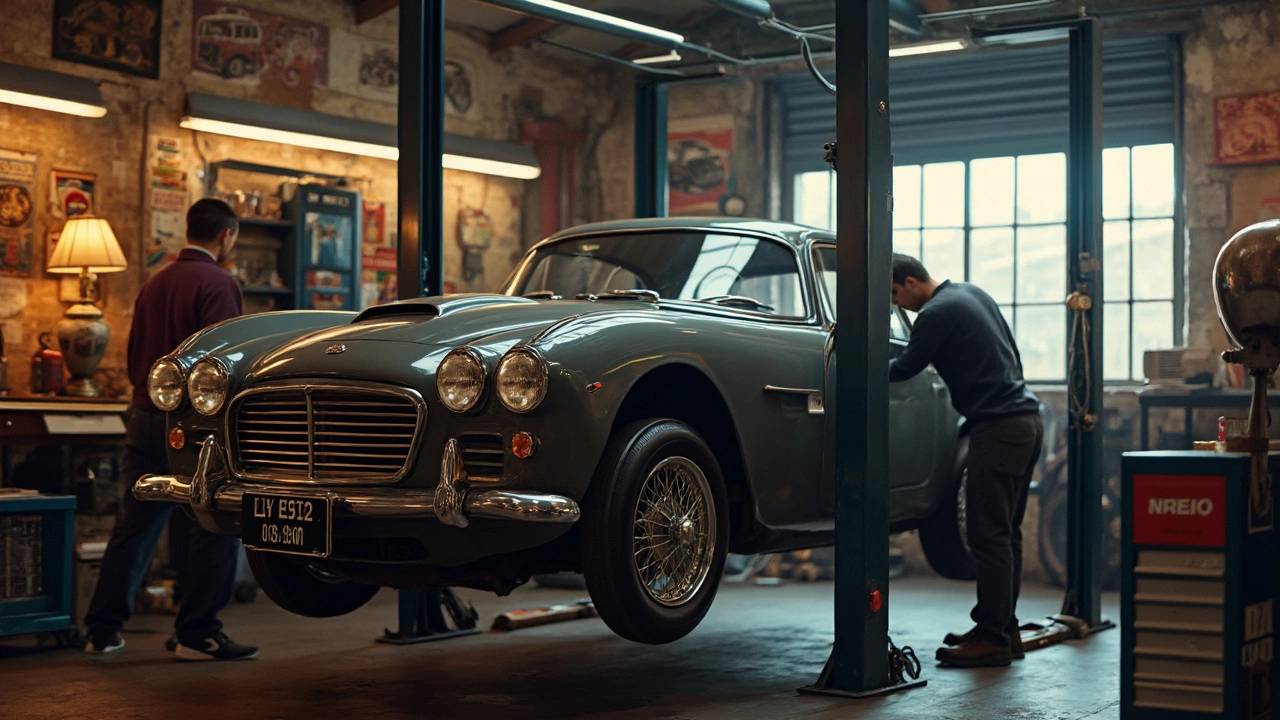Full Exhaust Explained: What It Is, How It Helps, and What to Watch For
Thinking about swapping your stock pipe for a full exhaust? You’ve probably heard the roar, the promise of more power, and the idea that your car will look cooler. A full exhaust means you replace the entire exhaust line – from the manifold to the tailpipe – with aftermarket parts. It isn’t just a louder muffler; it’s a complete system designed to flow air better, cut weight, and change the tone of your engine.
Before you jump in, ask yourself why you want one. Is it the sound, a few extra horses, or the look of a polished tip? Knowing your goal will guide the parts you need and keep you from spending on upgrades you don’t really need.
Why Choose a Full Exhaust?
First off, a full exhaust can improve airflow. When the factory pipe is restrictive, the engine works harder to push gases out, which can rob a little power. An aftermarket pipe with larger diameter and smoother bends lets the exhaust gases exit faster, which translates into a modest boost in horsepower and torque. Most drivers notice the gain at higher RPMs – think faster acceleration on the highway.
Second, the sound changes. A straight‑through design without a restrictive muffler lets the engine’s natural tone come through. You’ll hear a deeper, throaty note that many enthusiasts love. Keep in mind that louder isn’t always better – some neighborhoods and councils have strict noise limits.
Third, weight reduction. Steel exhausts can weigh a lot. Swapping to stainless steel or even titanium components can shave a few pounds off the front end, improving handling just enough to feel sportier.
Finally, aesthetics. A polished tip, chrome flange, or black‑coated pipe can make the rear of your car stand out. It’s a visual upgrade that pairs well with other mods like a sportier rear bumper or custom wheels.
Installing and Staying Legal
If you’re handy, a full exhaust can be a DIY weekend project. You’ll need basic tools: a socket set, a saw for cutting, and maybe a welding machine if you’re swapping bends. Follow the manufacturer’s instructions, torque the clamps correctly, and double‑check for leaks. A leak can cause a nasty rattle and waste power.
But most people prefer a professional install. A local garage knows the exact fit for your make and model, and they can test for sound levels and emissions after the job. Speaking of emissions, the UK MOT looks at exhaust noise and emissions. A full exhaust that’s too loud or that removes the catalytic converter will fail the test. Choose a system that retains the cat, or get a legal cat‑back kit that meets Euro 6 standards.
Cost varies. Basic cat‑back kits start around £150, while high‑end titanium systems can exceed £800. Installation adds another £100‑£200 if you go to a shop. Factor in any extra work – like re‑routing exhaust hangers or adding a resonator – to avoid surprise fees.
Lastly, think about resale. A well‑installed, legal full exhaust can be a selling point for an enthusiast buyer. A non‑compliant or poorly fitted system, however, can turn off potential owners and lower your car’s value.
Bottom line: a full exhaust gives you sound, a slight power bump, and a custom look, but it comes with responsibilities. Choose a kit that matches your goals, keep it legal, and either DIY with care or let a pro handle it. With the right setup, you’ll enjoy a richer tone and a nicer drive without getting stuck on the road or at the MOT.
 11 February 2025
11 February 2025
Does a Full Exhaust Add HP?
Curious whether a full exhaust system can really boost your car's horsepower? This read dives into the nuts and bolts of exhaust modifications, debunking myths and shedding light on real-world performance gains. Learn about the science behind exhaust systems and how they affect engine efficiency. Discover tips for maximizing your car's power through the right upgrades. Find out if a full exhaust is worth your investment.






0